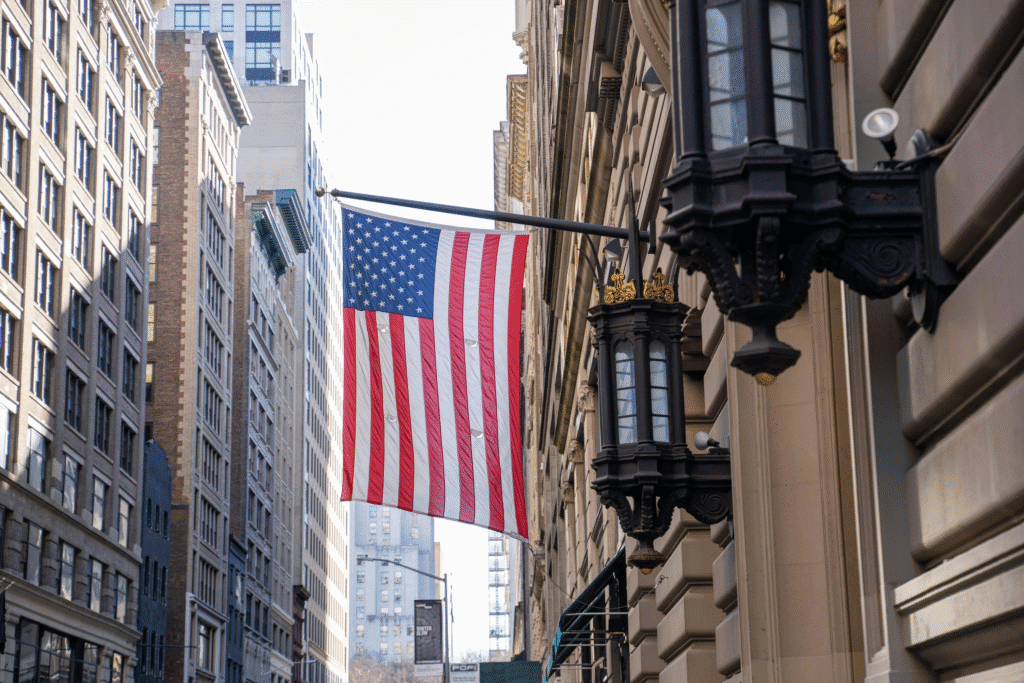The bond market is changing as investors grow less confident that the Federal Reserve will cut interest rates sharply this year. Many had hoped for big rate cuts, but now those expectations are fading. Because of this, fewer people are willing to invest in long-term U.S. government bonds, also known as Treasuries. Instead, they are moving toward shorter-term bonds, which are seen as safer in uncertain times.
The Federal Reserve is meeting this week, and most experts believe it will keep interest rates steady. Rates are currently between 4.25% and 4.50%, and the Fed is waiting to see how the economy performs before making any changes. Earlier this year, there were talks of possible rate cuts to help the economy, but recent data has made those cuts less certain. Inflation, which had been a big concern, has slowed down a bit, but the Fed is still cautious.
One reason investors are avoiding long-term bonds is the worry about the U.S. government’s spending and debt. President Donald Trump’s new tax and spending bill, called the “One Big Beautiful Bill Act,” is being discussed in the Senate. If passed, it could increase the national deficit by $2.4 trillion over the next ten years. With the U.S. debt already very high compared to the size of the economy, this has made investors nervous. When the government borrows more money, it issues more bonds, which can push their prices down and their yields up.

Another factor is the recent performance of long-term Treasury auctions. In April and May, the government’s sales of 30-year bonds did not attract as much demand as usual. This shows that investors are hesitant to lock their money in long-term bonds right now. However, last week’s auction saw better interest, partly because the yields on 30-year bonds had risen, making them more attractive.
Victoria Fernandez, a market strategist at Crossmark Global Investments, explained, “I don’t necessarily want to go long duration.” She means she is avoiding long-term bonds because she thinks the Fed may not cut rates until late this year or even next year. Duration is a measure of how much a bond’s price changes when interest rates move. Bonds with longer durations are more sensitive to rate changes, making them riskier when the future of rates is unclear.
Neil Aggarwal, a portfolio manager at Reams Asset Management, added, “There’s a reason long rates (30-year Treasuries) are moving toward 5%, and that is because there’s significant pressure in selling duration.” He pointed out that with so much uncertainty, investors prefer shorter-term bonds that are less affected by rate changes.
The shift in investor behavior is also linked to fading fears of a U.S. recession. Earlier this year, concerns grew when President Trump imposed new tariffs on imported goods, raising fears of higher prices and economic slowdown. However, since then, many of those tariffs have been removed, and the U.S. and China have reaffirmed their trade deal. This has reduced the risk of a recession, leading banks like Goldman Sachs to lower their recession probability forecast from 35% to 30%.
With less fear of a downturn, investors feel less need to rush into long-term bonds for safety. Instead, many are betting on a “steeper yield curve,” which means they expect the gap between short-term and long-term interest rates to widen. This happens when short-term rates stay low while long-term rates rise.
Danny Zaid, a portfolio manager at TwentyFour Asset Management, said, “There is a legitimate argument to expect steeper government curves in this cycle.” He explained that with the U.S. debt growing so fast, investors should demand higher returns for lending money over long periods.
Brendan Murphy from Insight Investment agreed, saying, “We think the curve can steepen some more.” He was referring to the difference in yields between five-year and 30-year bonds, which could grow wider if long-term rates keep rising.
In summary, investors are stepping back from long-term U.S. bonds because they no longer expect big rate cuts from the Fed. Concerns about government spending and debt are also making long-term bonds less appealing. While some still see opportunities in short-term bonds, the overall trend shows a shift toward caution. The bond market will keep reacting to the Fed’s decisions, economic data, and political developments in the coming months.


